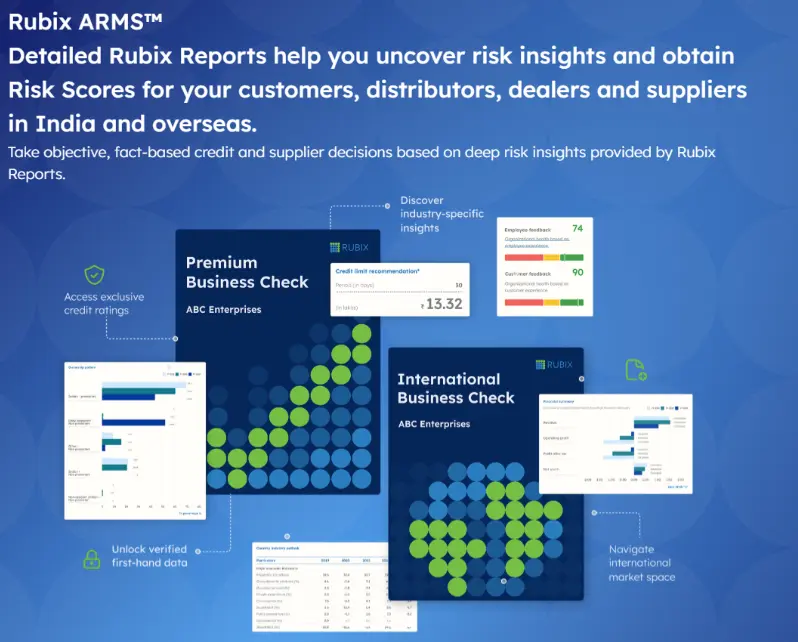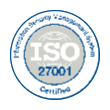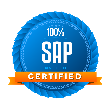Cash Flow Management
Working Capital Cycle and How It Helps Businesses

Imagine this. A fast-growing electronics brand has just launched a flagship product whose demand is skyrocketing, media buzz is at its peak, and retail partners are scrambling for stock. But behind the scenes, the company is in chaos.
Customer orders are piling up, but factories have ground to a halt. Why? Suppliers have refused further shipments as payments are overdue by weeks. The company has plenty of inventory, and receivables are higher than ever, but cash? Practically none. Payroll is at risk. A bridge loan is denied. News of the freeze leaks, and within days, the stock plummets.
All this, not because of poor sales or bad strategy — but because working capital was mismanaged. Cash was trapped in the system, and no one noticed until it was too late.
In today’s competitive business landscape, effective working capital management serves as the backbone of operational success. The working capital cycle represents the heartbeat of any business, determining how efficiently a company converts its investments into inventory and receivables back into cash. Understanding this cycle is crucial for maintaining healthy cash flow and achieving sustainable growth.
According to J.P. Morgan’s 2024 Working Capital Index, $1.8 trillion remains trapped in global corporate balance sheets, underscoring the critical need for efficient working capital strategies that can unlock liquidity and fuel enterprise growth.
What is the Working Capital Cycle?
The working capital cycle, also known as the cash conversion cycle, measures the time it takes for a business to convert its working capital investments into cash flows from sales. This cycle encompasses three key components: the time to sell inventory, collect receivables, and pay suppliers. The formula is straightforward:
Days Inventory Outstanding (DIO) + Days Sales Outstanding (DSO) – Days Payable Outstanding (DPO).
A shorter cycle indicates that a company can quickly convert its investments into cash, while a longer cycle suggests that capital is tied up for extended periods, potentially creating cash flow challenges.
The Three Stages of Working Capital Management
1. Inventory Management
The first stage involves managing raw materials, work-in-progress, and finished goods. Companies must balance having sufficient inventory to meet customer demand while avoiding excess stock that ties up capital unnecessarily. Effective inventory management reduces carrying costs and minimizes the risk of obsolescence.
2. Accounts Receivable Management
This stage focuses on collecting payments from customers efficiently. Companies need robust credit policies, regular follow-ups, and streamlined collection processes to minimize the time between sales and cash receipts. Poor receivables management can severely impact cash flow and increase bad debt risks.
3. Accounts Payable Management
The final stage involves strategically managing supplier payments. While extending payment terms can improve cash flow, maintaining good supplier relationships is equally important. Companies must balance cash flow optimization with supplier satisfaction to ensure continued business partnerships.
Optimizing the Working Capital with Supply Chain Finance
Supply Chain Finance (SCF) revolutionizes the traditional working capital cycle by creating a bridge between buyers and suppliers that benefits both parties. SCF programs allow businesses to extend their payment terms with suppliers while enabling suppliers to receive early payments at competitive rates through financial institutions or specialized platforms.
Notably, the same J.P. Morgan report highlights that companies using SCF are able to extend payment terms by 12 days on average without negatively impacting supplier health, demonstrating how this tool can unlock value across the chain.
In the context of the three-stage working capital cycle, at the accounts payable management stage, SCF can help greatly. Instead of suppliers waiting 60–90 days for payment, they can access funds within days of invoice approval, while buyers maintain their extended payment terms. This creates a win-win scenario where buyers improve their Days Payable Outstanding (DPO) without straining supplier relationships, effectively shortening the overall cash conversion cycle.
SCF solutions integrate seamlessly with existing procurement and ERP systems, providing automated invoice processing, approval workflows, and payment execution. This digital transformation eliminates manual bottlenecks and reduces processing time, further accelerating the working capital cycle.
How Optimized Working Capital Cycle Helps Businesses
1. Enhanced Cash Flow Predictability
A well-managed working capital cycle, enhanced by SCF programs, provides businesses with superior cash flow forecasting capabilities. Companies can predict when cash will be available and plan their operations accordingly. Platforms like Vayana Vantage offer CFOs comprehensive dashboards that provide real-time visibility and control over the entire supply chain, enabling precise cash flow management and strategic decision-making regarding investments, expansion plans, and operational adjustments.
2. Improved Financial Flexibility
Businesses with optimized working capital enjoy greater financial flexibility, particularly crucial in today’s VUCA (Volatile, Uncertain, Complex, Ambiguous) and can respond quickly to market opportunities, weather economic downturns, and invest in growth initiatives without relying heavily on external financing. For instance, a manufacturing company with SCF–optimized working capital could pivot production lines during a supply shortage, while a retail chain could stock up on inventory during favorable market conditions. This flexibility provides a competitive advantage in dynamic market conditions and helps businesses navigate unexpected challenges.
3. Reduced Financial Risk
Effective working capital management significantly reduces the risk of financial distress. Companies with shorter cycles are less vulnerable to market volatility and can maintain operations even during challenging periods. This stability attracts investors and lenders, potentially improving access to capital at favorable terms while maintaining operational continuity.
4. Better Supplier and Customer Relationships
A balanced working capital cycle helps maintain positive relationships with both suppliers and customers. Companies can negotiate better terms with suppliers while offering competitive payment terms to customers, creating value for all stakeholders. For example, a large automotive manufacturer implementing SCF could offer suppliers early payment options while maintaining 90-day payment terms, enabling smaller suppliers to improve their cash flow and invest in better quality processes. This collaborative approach strengthens the entire supply chain ecosystem and creates long-term partnerships built on mutual benefit.
Best Practices for Working Capital Optimization
1. Data-Driven Decision Making
CFOs can leverage real-time analytics to make informed decisions about working capital allocation. Regular monitoring helps detect trends, spot potential issues early, and make strategic adjustments that impact the bottom line.
2. Cross-Functional Leadership
Successful working capital management requires CFOs to lead collaboration across departments. Finance, procurement, sales, and operations teams must work together under CFO guidance to optimize the entire cycle rather than focusing on individual components.
3. Strategic Supplier Partnerships
Building strong relationships with key suppliers enables better negotiation of payment terms and access to SCF programs. These partnerships can significantly improve working capital efficiency while maintaining supply chain stability – a critical consideration for CFOs managing enterprise risk.
4. Integrated Financial Planning
CFOs could consider integrating working capital optimization into broader financial planning processes, linking it to cash flow forecasting, capital allocation decisions, and strategic growth initiatives.
In conclusion, the working capital cycle represents a fundamental lever for CFO-led value creation, directly impacting cash flow, profitability, and growth potential. CFOs who master working capital management and implement optimized working capital strategies deliver measurable competitive advantages. In fact, a study showed that firms with above-median growth managed their working capital more efficiently and that this efficiency correlated positively with profitability and firm valuation—especially for high-growth firms. By leveraging modern tools like supply chain finance and strategic partnerships, CFOs can transform working capital cycles from operational necessities into strategic assets that drive sustainable growth, financial resilience, and board-level value creation in an increasingly complex business environment.







